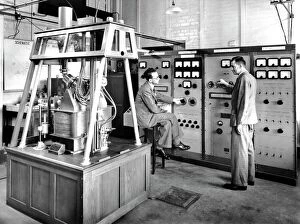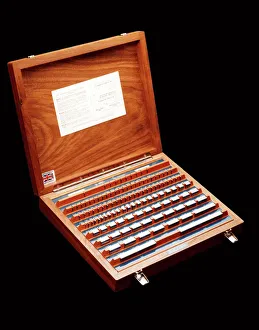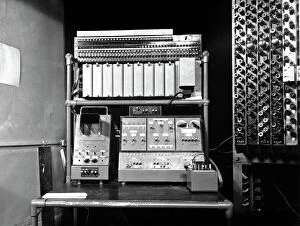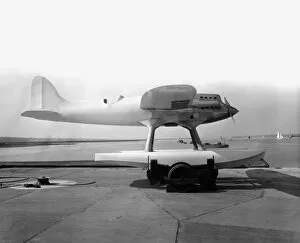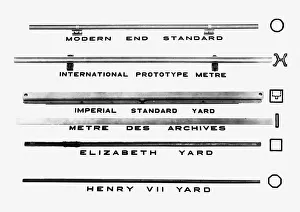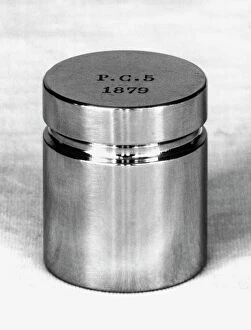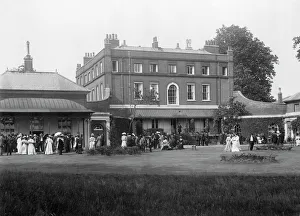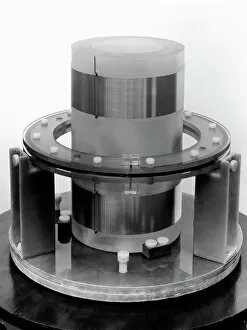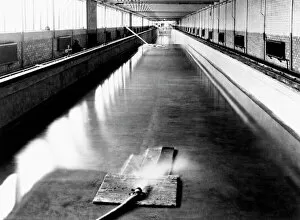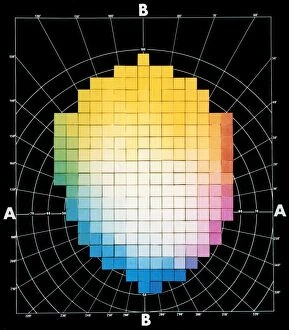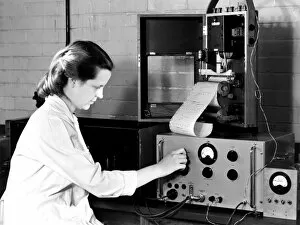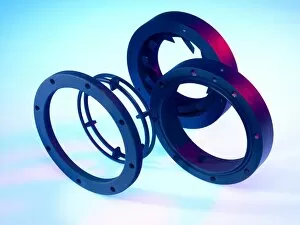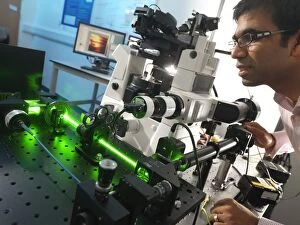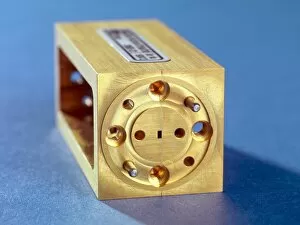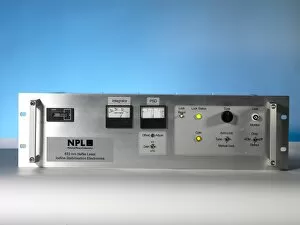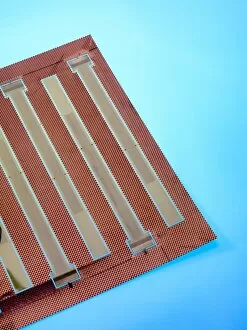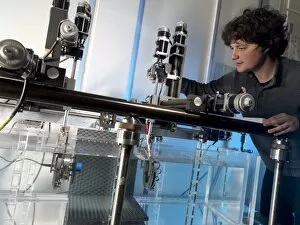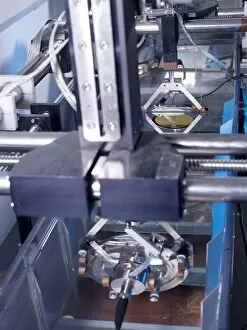National Physical Laboratory Collection
The National Physical Laboratory (NPL) has been at the forefront of scientific innovation since its establishment in 1900
All Professionally Made to Order for Quick Shipping
The National Physical Laboratory (NPL) has been at the forefront of scientific innovation since its establishment in 1900. With a rich history spanning over a century, NPL has contributed significantly to various fields of research and development. One notable achievement is the introduction of the mass spectrometer in 1954, revolutionizing analytical chemistry by allowing scientists to identify and quantify elements with unparalleled precision. This groundbreaking invention paved the way for advancements in numerous scientific disciplines. Another remarkable contribution from NPL includes the creation of tungsten carbide slip gauge blocks C016/2042. These meticulously calibrated tools have become an essential component in ensuring accurate measurements across industries worldwide. In addition, NPL played a pivotal role in computer science with the development of Pilot ACE computer in 1950. This early computing machine laid the foundation for modern-day computers and propelled technological progress on a global scale. Preserving historical artifacts is also part of NPL's mission, as seen through their possession of a copy of the Imperial Standard Pound C016/2048. This artifact serves as a testament to NPL's commitment to preserving scientific heritage and promoting international standards. The evolution of measurement units is another area where NPL has made significant contributions. From yardsticks to advanced measuring instruments, NPL has continuously worked towards refining accuracy and standardization throughout history. Nestled within its headquarters since 1906, NPL continues to be an iconic symbol representing excellence in scientific research and innovation. The building stands as a testament to decades-long dedication towards advancing knowledge and pushing boundaries. Amongst other notable achievements are Campbell standard mutual inductance devices used extensively by researchers worldwide, ship testing tanks that simulate real-world conditions for maritime experiments, Rosenhain optical microscope enabling detailed analysis at microscopic levels, propeller cavitation studies contributing towards efficient propulsion systems like those used on Supermarine Spitfire aircraft during World War II; all these accomplishments showcase how diverse yet impactful NPL's contributions have been.

